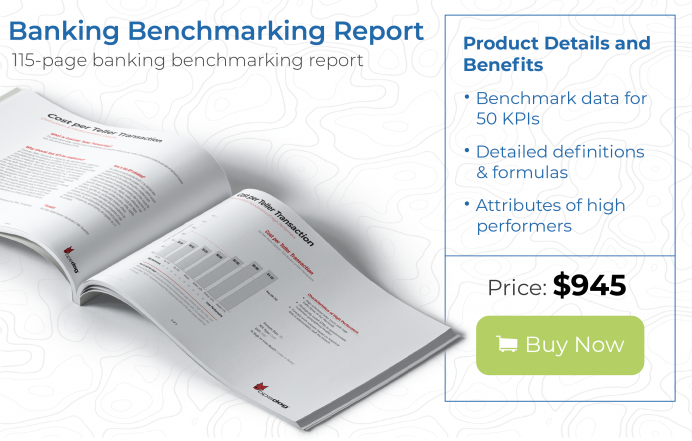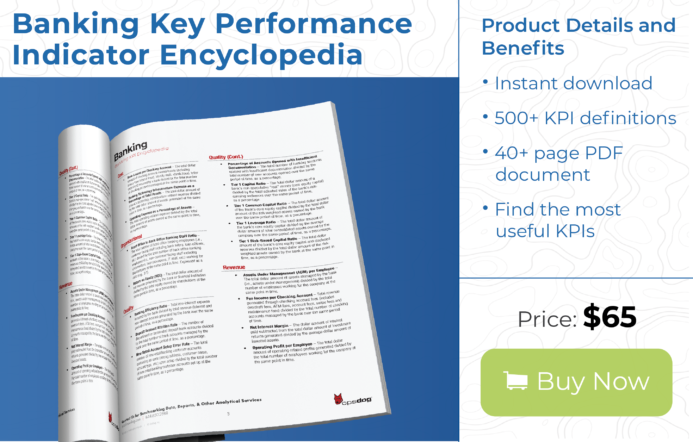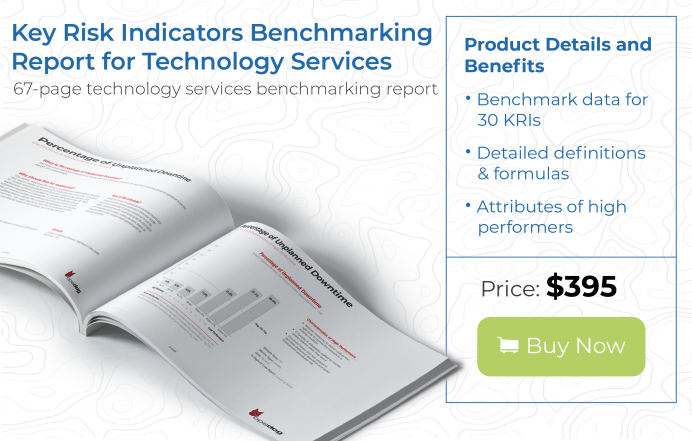Operational risk is defined as the risk bank’s face of monetary losses resulting from failures within their own processes, people and systems. Unlike external risk due to events such as market volatility, geopolitical risk, or systemic risk, operational risk is internal—meaning that banks have quite a bit of control over these risks. An operational risk dashboard for banks measures these internal risks and give banks the data they need to create measurable objectives to minimize those risks.
Why is Operational Risk so Challenging for Banks?
Operational risk is complex and includes a wide scope of risk caused by a host of situations: insider trading or fraud; technology failures due to lack of maintenance; lawsuits from employees or customers; untrained employees; a critical third-party vendor going bankrupt; a cybersecurity breach that damages the bank’s reputation—the list goes on. Operational risk is the risk of business operations failing largely due to human error.
Regulators are demanding more insight, controls and monitoring from banks on operational risk, in part due to the Sarbanes-Oxley (SOX) Compliance Act of 2002 and recommendations from the Basel Committee on Banking Supervision (BSBS). In addition, boards of directors and C-level managers are more aware and concerned about recognizing and managing operational risk.
How Banks Can Use Operational Risk Dashboards
Operational risk crosses all areas of the bank and affects all functions, making it difficult for banks to track and monitor this vast number of complex risks. Many banks perceive monitoring operational risk as a burden, but an operational risk dashboard for banks makes that monitoring much more efficient.
An operational risk dashboard for banks can be defined as a graphical representation of key risk indicators (KRI) across a variety of systems, including the bank’s core processing, lending, CRM and data warehouse systems. The dashboard visually tracks KRIs in near-real-time for improved insight into operational risk management.
In addition to highlighting risks, an operational risk dashboard for banks can be used to improve operations for competitive advantage and increased revenues. If the dashboard informs a bank that they have a high number of loan underwriters for the volume of loan applications they receive, the bank can analyze their training and hiring of underwriters and make changes so they will need fewer underwriters to process the same number of loans. This not only reduces loan processing costs but highly trained underwriters can improve the borrower experience by speeding up the loan decisioning process.
Operational Risk Dashboard Examples
An operational risk dashboard for banks can alert to a number of potential issues across the organization. Here are five widely-used operational risk dashboard metrics:
Operational Risk Dashboard Metric #1: Commercial Loan Officers per Commercial Credit Analyst
Commercial credit analysts process and assess risk associated with commercial loans by analyzing borrower information to determine credit-worthiness. Banks need to ensure that they have enough credit analysts to handle the number of commercial loans they originate. Dividing the number of commercial loan officers by the number of commercial lending credit analysts gives banks a good idea of the organizational balance between loan officers and credit analysts.
A low number of credit analysts could be indicative of poor communications between loan officers and credit analysts or bottlenecks in the loan application process.
Don’t include application processors, underwriters or loan closing employees in this calculation.
Operational Risk Dashboard Metric #2: Registered Financial Representatives per Trade Operations & Support Employees
Registered financial representatives sell stocks, bonds, options, mutual funds and other securities and banks must employ an adequate number of trade operations and support employees to handle trade execution, post-trade processing, trade settlement and reporting. But too many support employees can point to inefficient back-office processes, too many manual steps or a high number of errors that need manual intervention to correct.
To calculate this metric, divide the number of registered financial representatives by the number of trade operations and support employees. Include both captive and independent financial representatives working for the bank.
Operational Risk Dashboard Metric #3: Percentage of Commercial Loans 90+ Days Past Due
An important metric to include in an operational risk dashboard for banks since commercial loans that are more than 90 days past due represents a risk to the bank. Identifying loans that are still performing and accruing interest but at increased risk of not being collected allows a bank to make proactive changes to its underwriting rules, its investment levels or may even decide to restructure these loans.
Divide the dollar amount of commercial loans still in accrual status but that are more than 90 days past due by the amount of outstanding commercial loans, as a percentage.
Operational Risk Dashboard Metric #4: Mortgage Applications per Processor
There are many factors that can impact the efficiency of the mortgage application process, including untrained loan processors, manual processes and incorrect or missing applicant data. But banks can improve efficiency by creating loan document checklists and simplified and standardized loan applications and automating document requests to third-parties like credit bureaus.
To calculate, divide the number of mortgage loan applications received through all channels by the number of employees responsible for processing mortgage loan applications. Those banks with a higher percentage of their loans originated through digital channels will have a higher number of loans per processor than banks that rely more heavily on the brick-and-mortar branch for loan origination since retail branches require more human involvement.
Operational Risk Dashboard Metric #5: Consumer Loans Closed per Consumer Lending Employee
As a measure of consumer loan efficiency and capacity, this operational risk dashboard for banks metric helps to better staff the lending function and identify inefficient or manual processes, inconsistent employee training, and an unacceptable number of incomplete loan applications.
Calculate this metric by dividing the number of consumer loans closed by the number of consumer loan officers, loan processors, underwriters and closers. Don’t include loan servicing employees in this calculation.
Final Thoughts
Banks are in the business of managing risk, but operational risk presents additional challenges. Tracking and monitoring operational risk is difficult because it touches all areas of the organization. An operational risk dashboard for banks aggregates risk data and gives banks a graphical view into the people, processes and technology that can cause real damage to their organization.
Do you need help harnessing business intelligence (BI) for your bank? Find out how to see into operations data within a few months here!
For a full list of banking industry benchmark metrics perfectly suited for an operational risk dashboard for banks, download our Banking Benchmarking Report here.
If you need more help in developing an operational risk dashboard for your bank then be sure to utilize our Banking Key Performance Indicator Encyclopedia for in-depth information on over 700 KPIs, or contact us for more information on our Benchmarking Research and business intelligence implementation services. We will help you benchmark your bank’s operational risk and provide you with presentation-ready, high-quality deliverables at an affordable price.




